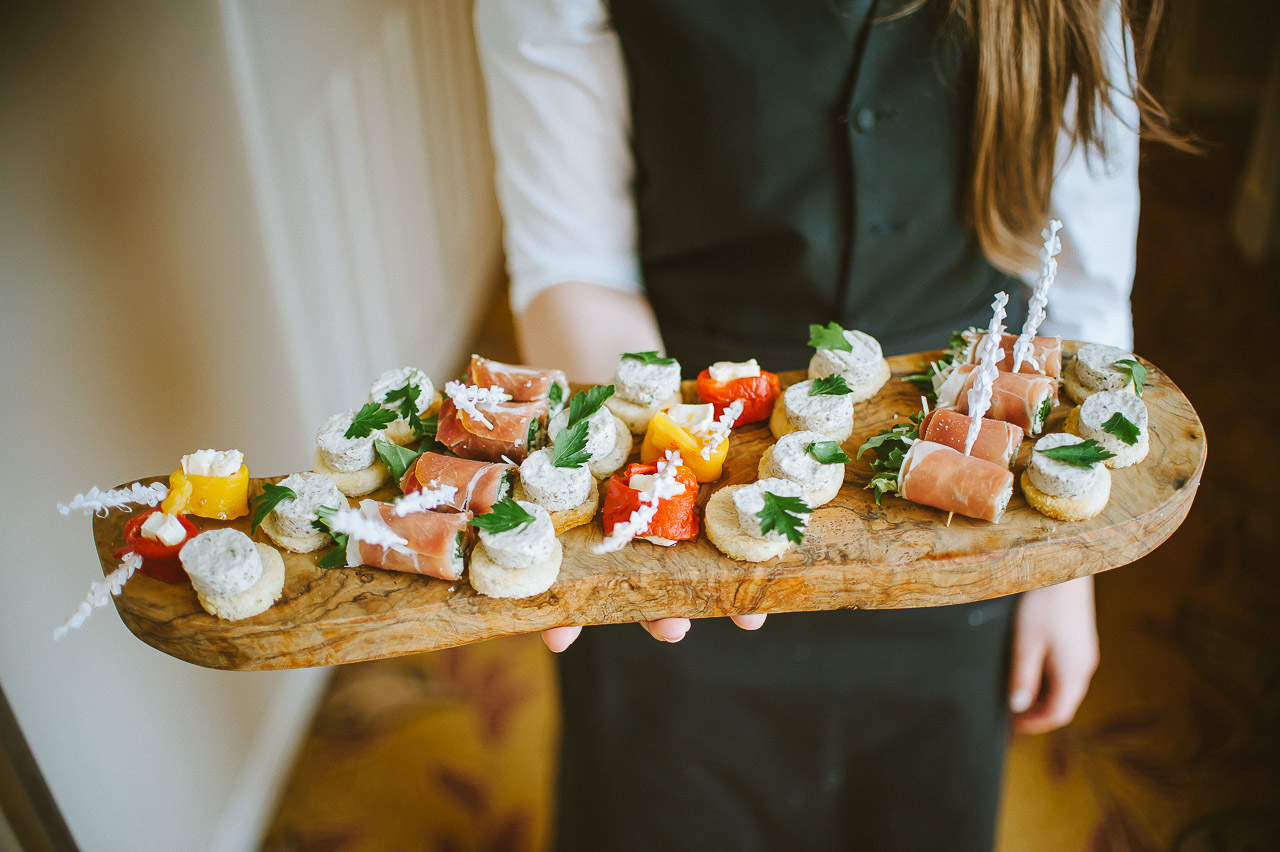Key tools and techniques for Leather craft & working

Man has always had a relationship with leather: he eats and warmed himself by eating animal hide, but it was often used to communicate by engraving basic sketches or using sign language on it.
Leather has become more and more a substance used and employed, often unintentionally, at the core of every human being’s existence, up to today’s full expression, which is the making of luxury goods and Leather Craft Singapore at the highest stages, through the evolution, the passage of the ages, and technology. Leather working is the process of transforming leather into art products by using specific techniques and materials.
Working methods for leather
Painting
Leather painting is the process of applying water-based pigments or paints to leather that are absorbed by the skin’s pores but do not reach the leather and stay on the surface. This technique can be used on leather that is either semi-finished (crust) or has already been finished.
Dyeing process
Leather dyeing differs from painting in that the latter is a process in which the ink is only applied to the skin’s surface, while dyeing is incorporated into the skin. Since water-based paints or pigments only adhere to the skin superficially, the painting technique is rarely used on flexible or rotating materials, as they can crack or wear out; in this situation, the leather surface to be painted should be secured with something solid.
Instead, dyeing is typically done using alcohol-based materials (aniline), which infiltrate the fabric to have a much more pleasing and skilled performance.
Sculpture
Lather carving entails compressing wet skin with instruments to create three-dimensional effects and motifs on the skin. Rotating knives, veiners, bevels, pears, modellers, seeders, and other sculpting and backdrop materials are the most often used carving tools.




